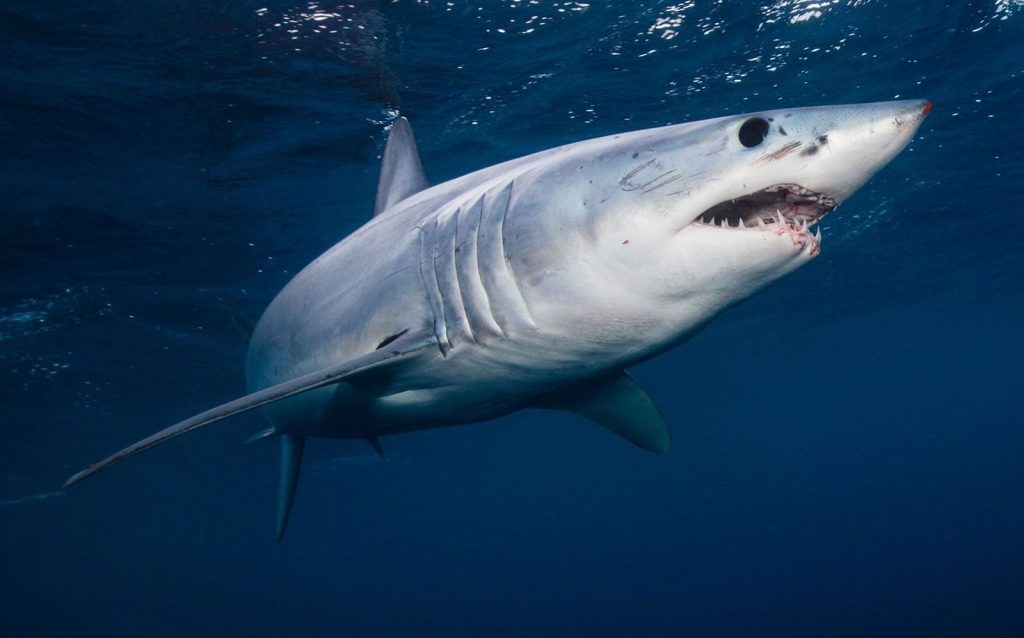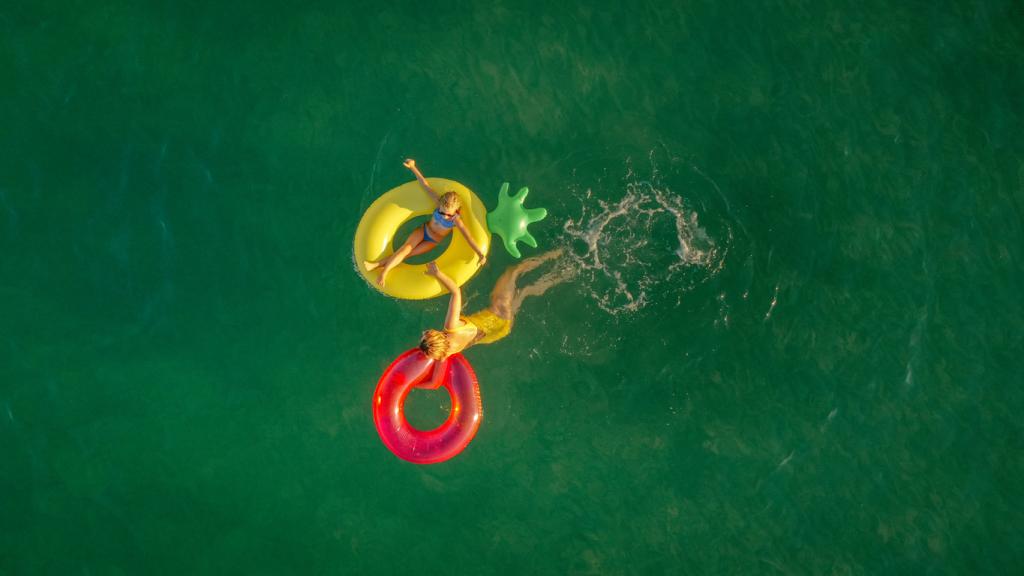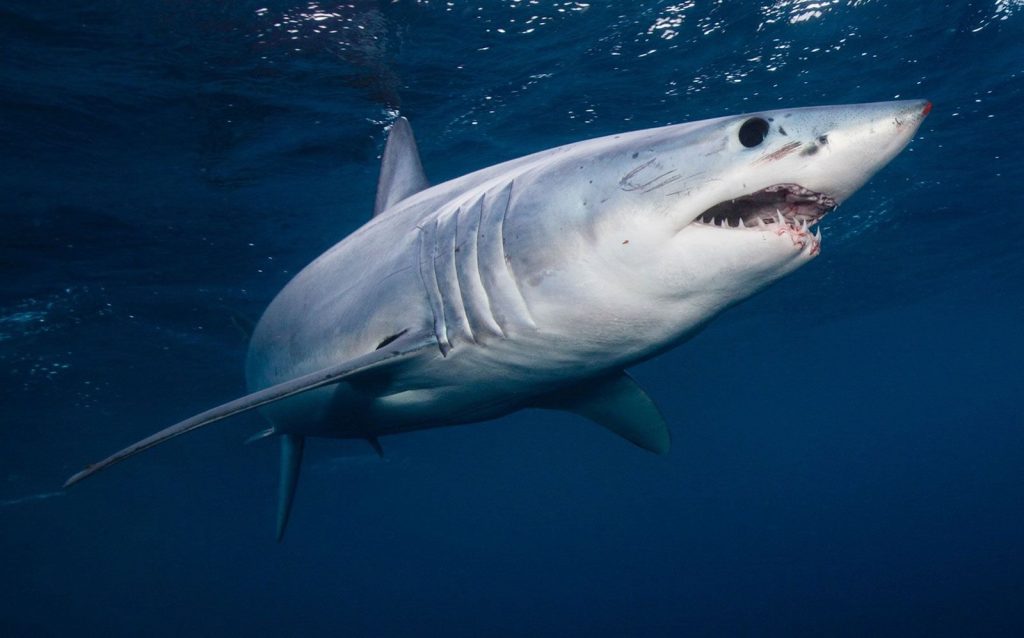When it comes to choosing a swimsuit for your next beach outing, you might want to think twice before reaching for that vibrant yellow number. Recent studies suggest that certain colored swimsuits could increase your risk of a shark attack.
Marine biologist Gavin Naylor, who runs the International Shark Attack Files (ISAF) at the Florida Museum of Natural History, explains that sharks are particularly drawn to the contrast between bright colors like yellow and the darker colors of the ocean. It’s like a dinner bell ringing underwater, signaling caution to these apex predators.
In fact, the correlation between bombastic colors and shark attacks has led some to dub yellow the “yum-yum yellow.” This theory is supported by experiments conducted by Australian physiologist Nathan Hart, who examined the retinal profile of different sharks to understand their color perception.

Contrary to popular belief, sharks are essentially colorblind. They possess a single “long-wavelength-sensitive retinal cone,” which means they see the world in monochrome. However, this doesn’t mean they have poor eyesight.
Research by Nathan Hart revealed that bottom-feeding species, like the nocturnal Port Jackson shark, have an exceptional ability to perceive contrast compared to other vertebrate animals. This heightened contrast sensitivity is particularly useful in clear water, explaining why certain shark species prefer to hunt near the surface where the light is good.
On the other hand, attacks are more likely to occur in murky water where both humans and prey are indistinguishable. In fact, 60% of all recorded shark incidents by ISAF happen in turbid water. This was likely the case for the shellfish diver who was tragically attacked by a 19-foot great white shark in Mexico earlier this year.

Getty Images
So, what does this mean for your choice of swimwear? ISAF advises swimmers to avoid bright and highly contrasting colors when it comes to their swimwear or dive gear. Instead, opt for dark blue or black options to reduce the chance of attracting sharks.
It’s not just swimwear that can attract sharks. Wearing watches and shiny jewelry can resemble fish scales when they catch the light, potentially drawing the attention of sharks and barracudas.
However, it’s important to note that there is no “one-size-fits-all” clothing rule for deterring shark attacks. Research by expert Sam Gruber found that lemon sharks are more sensitive to yellow during the day but perceive more green in the evening. Additionally, swapping bright-colored surfboards for duller ones may not provide fool-proof protection, as great whites can still detect the silhouette of the board from below.
Ultimately, it’s wise to exercise caution and think twice before wearing vibrant colors like yellow when entering shark-infested waters. While sharks may be colorblind, their ability to perceive contrast and distinguish objects can still make certain color combinations more visible underwater.

Getty Images/iStockphoto
While it’s essential to take precautions, it’s also important to remember that the chances of a shark attack are still relatively low. The benefit of increasing your chances of being rescued by wearing a bright yellow life jacket far outweighs the minimal risk of attracting a shark.
So, next time you head to the beach, consider opting for darker swimwear and accessories to minimize the chances of an unwanted encounter with these fascinating creatures of the deep.
And as for the rumored “cocaine sharks” feasting on bales of dropped stimulants off the U.S. coast, we can only wonder how their color perception might be affected.

